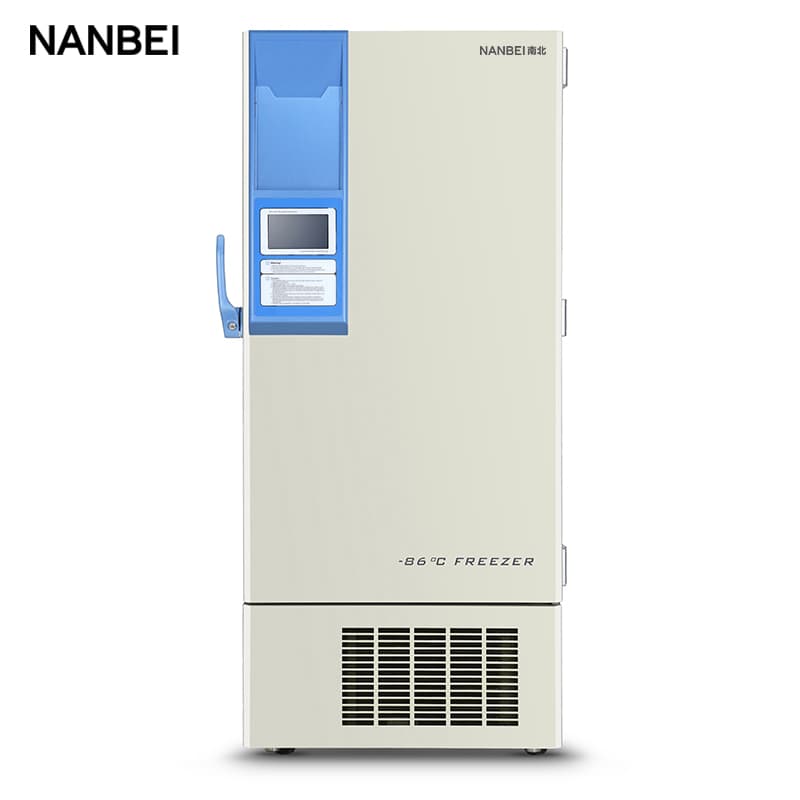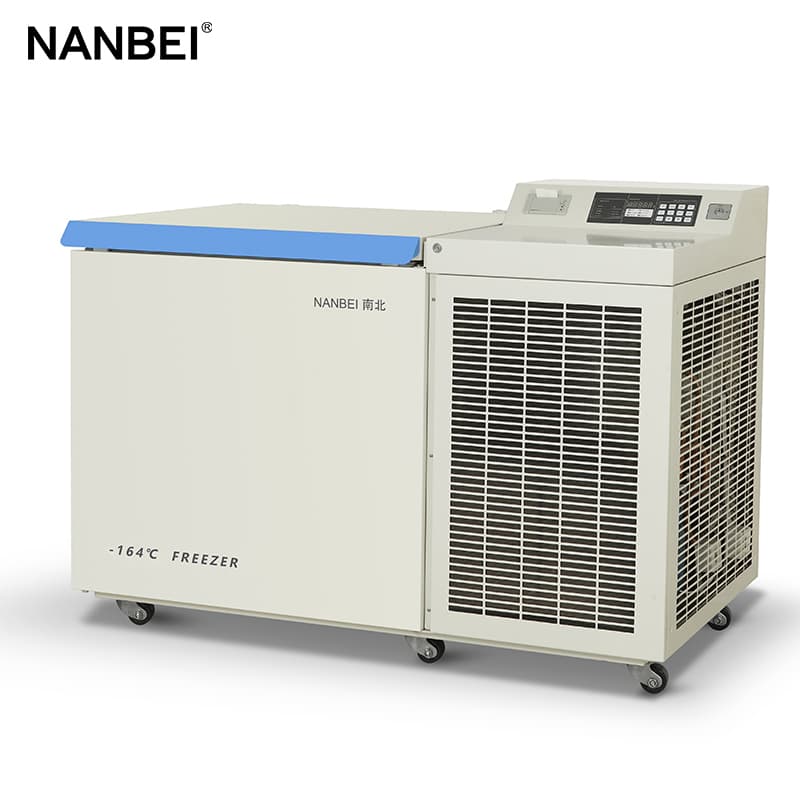Ultra-low temperature freezer is one of the very common storage equipment in the laboratory. It is suitable for low-temperature testing of electronic devices and special materials and the preservation of plasma, biological materials, vaccines, reagents, etc. There are air-cooling and direct-cooling types. What are the advantages and disadvantages of these two? How should we choose?

1. Direct-cooling ultra-low temperature freezer
Advantages: simple structure, no need for fans, low energy consumption; natural convection is formed in a closed space, and moisture is not easily lost.
Disadvantages: Frost may form, requiring the user to remove the frost manually, resulting in a decrease in the heat-absorbing cooling power of the evaporator, and the interior is natural convection, resulting in uneven temperature distribution inside.
2. Air-cooling ultra-low temperature freezer
Advantages: No manual frosting is required, and the fan forces the cooling air to circulate, with high cooling efficiency. The internal temperature is evenly distributed, and the temperature control is precise.
Disadvantages: The structure is more complex, the price is relatively high, the energy consumption is high, and the structural moisture evaporates quickly.

Ultra-low temperature refrigerators are suitable for blood stations, hospitals, health systems, scientific research technology, electronics industry, chemical industry, university laboratories, ocean-going companies and other fields.

Previous: No Information
Next: The FAI climbed 5.9 percent year-on-year in the first 11